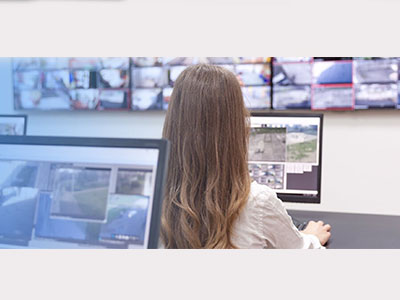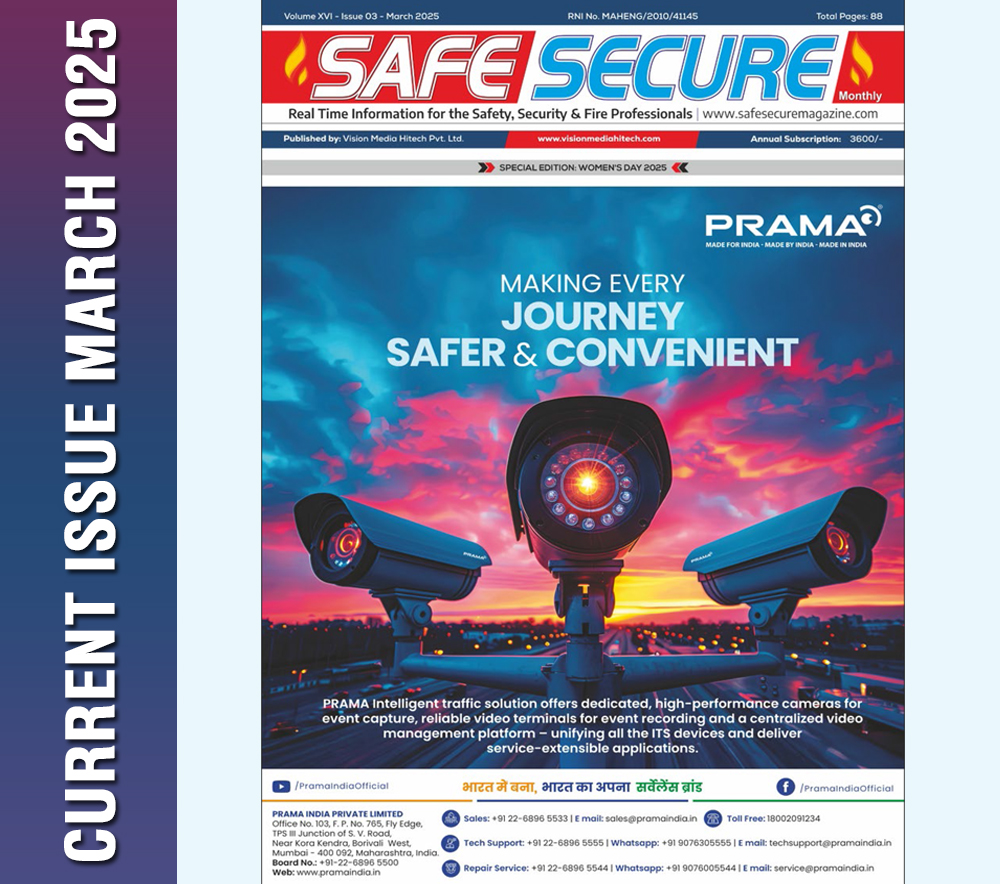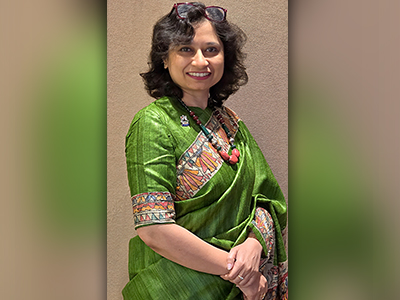6 Key Considerations for Low-Light Cameras

By Hikvision India
Night-time video security is important in our industry. Getting a good security camera with good low light capabilities, then, is crucial. This buyers' guide discusses some of the key points to consider when selecting a low light camera.
More and more, low light cameras are gaining traction in the security industry. And most users agree with this notion. According to asmag.com and Hikvision's survey*, when asked about demand for low light security cameras this year compared to last year, a vast majority – 73 percent – said demand grew, while 22 percent said it was similar to last year and 5 percent said it was declining.
So, what's contributing to this increase in demand? The need for better and more effective night-time video security is a major driver. Technology advances and affordability, meanwhile, are also key.
Security cameras are widely used to provide clear evidence for security threats and emergencies. Most of the security threats and emergencies happen at night when target details are hardly seen. Therefore, low light cameras that provide good image performance with rich colorful details in dark environment are the ideal choices for CCTV users.
As technology develops, the performance of low light cameras has improved. Meanwhile, low-light cameras will be affordable for more and more users. We shall witness the continuous growth of low light camera market.
6 key considerations when choosing low-light cameras
That said, how should the user choose a low-light camera that fits their needs and requirements? We take a look at the following points of consideration.
Selecting the type of camera
The selection begins with the type of low-light camera the user wants to get. Currently, there are mainly three types of low-light camera – IR camera, which switches to black-and-white mode at night; low-light camera, which captures color 24/7; and regular security camera with supplemental lighting. Each has its benefits and can be applied in different applications.
As IR light is unnoticeable at night, IR cameras can be applied in scenes when security cameras need to be covert, such as cinemas and office buildings. Low-light cameras that capture color throughout can provide 24/7 colorful imaging with more useful information and can be widely used in all scenes when white supplemental light is acceptable. For some places with environmental light, low-light cameras can work with (supplemental) light off. A regular security camera with supplemental light is often used in special industries and projects, such as road traffic monitoring.
Supplementary lighting considerations
The user should also consider the type of supplemental lighting that they want to use: Should it be white light, IR light or hybrid? Again, this depends on the user's own case. White light can be deployed on streets, yards and other outdoor open areas where users don't find the light annoying. IR light, on the other hand, is unnoticeable and can be applied in virtually all scenarios; the downside, of course, is it delivers black and white images, and important color details may be lost.
Hybrid supplemental light, which combines the benefits of both IR and white light, can then be a viable option. When the light is required to be covert, hybrid supplemental light can be set as IR mode. When color imaging is required, the light can be set as white light mode. Moreover, when the hybrid light is combined with intelligent functions, it can work in an intelligent mode. When human or vehicle targets appear, white light is turned on to provide color information and to deter intruders. When there's no human or vehicle target, the hybrid light works in IR mode to be unnoticeable.
Know the lux rating
What does lux ratings mean in CCTV? The lux rating of a security camera refers to the level of illumination by which the camera can produce a good image. For your quick reference, illuminance under direct sunlight measures up to 100,000 lux; whereas, office lighting might be around 500 lux and a moonless, cloudy night 0.0001 lux. Basically, the less light, the lower the lux number.
With that, let's talk about how the lux rating would affect your need to install additional lighting. A low-light camera with 0.001 lux or lower lux rating can provide bright enough imaging capability without built-in supplemental light in a conventional city environment with environmental light. With a lower lux rating value, the low-light camera relies less on the supplemental light with bright enough night imaging. The light is needed for darker environments and the camera is able to provide brighter imaging with the same level of supplemental light.
Sensor Size or Megapixel
When it comes to image sensors for the best low-light security cameras, size matters. Many people would think that higher megapixels directly equate to better image quality, but a lot of different factors come into play. Therefore, with the resolution being equal, the sensor that's larger in size works better as the larger size sensor can gather more light and generate a brighter image. "For example, for 2MP sensors, 1/2.8" sensor is better than 1/3". For 4 MP sensors, 1/1.8" is better than 1/2.8". For 8 MP sensors, 1/1.2" is better than 1/1.8".
Choosing right form factor
When choosing a low-light camera, what form factor should the user get – bullet, dome or PTZ? "It depends on the monitoring distance and environments. For 60-meter-and-above long-distance monitoring, PTZ is recommended. For standard distance monitoring that is within 60 meters, dome/turret forms are recommended for indoors and bullet form is recommended for outdoors.
Analytics needed
The use of video analytics in low-light cameras have been gaining popularity in the past few years, enabling features like object and motion detection and real-time alerts. Human and vehicle classification is very practical on low light cameras. With analytics, users can detect and retrieve clear human and vehicle targets at night.
However, the smartest algorithms still rely on pixel values for image recognition and analysis, with small variances in values providing the contrast needed for an analytics engine to define images with a high level of accuracy and certainty. Therefore, it would be pertinent for the operator to understand the limitations posed by challenging low light conditions and plan accordingly.
Value proposition
Despite their increasing affordability, low-light cameras are still perceived as pricey to some. According to our survey, when asked what factors might be holding you or your clients back from installing low light security cameras, 30 percent cited cost. It's incumbent upon suppliers, then, to stress that the protection these cameras offer may help users save more money down the road.
The majority of emergencies happen at night. Video security is extremely important at night. With low light cameras, users are more likely to get sufficient and clear video evidence to protect their safety and property.
For more information visit:
www.hikvisionindia.com





.png)







